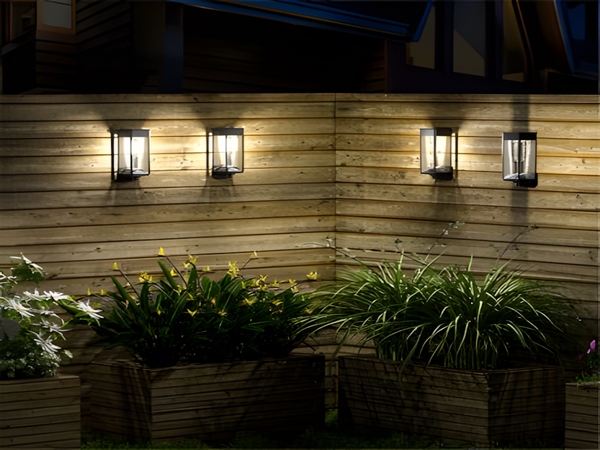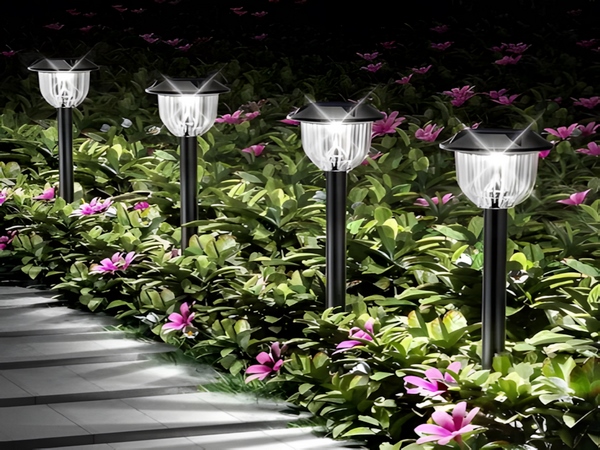
Solar street lights are a new type of energy-saving and environmentally friendly lighting. They do not produce waste or harm nature, which is why many urban lighting projects prefer solar street lights. Additionally, installing solar street lights is much simpler and more convenient than traditional street lights. However, some construction workers may be careless during installation, committing errors that can prevent the solar street lights from functioning properly or lead to shortened operation time. Today, we summarize several common installation mistakes to help everyone avoid similar issues.
1. Arbitrarily extending the solar panel connection wire
In some locations, solar panels may face too many interferences, leading to the decision to separate the solar panel from the light by a large distance. Some customers may even separate them by over ten meters or more and arbitrarily connect them with two-core wires purchased from the market. The general wire quality on the market is typically not very good, and because of the long distance, there is a significant line loss, which greatly reduces charging efficiency and impacts operation time.
2. Placing the solar panel indoors for charging
Some customers install solar lights in parking lots for convenience during nighttime parking but also place the solar panels indoors, resulting in significantly reduced charging efficiency. In such cases, we can adopt an installation method where the solar panel charges outdoors while the light operates indoors.
3. Installing lights on both sides with solar panels tilted face-to-face
For aesthetic reasons, installation personnel may install the solar panels face-to-face in a symmetrical manner. However, if one side is correctly positioned, the other side must be incorrect. The incorrect side will not receive direct sunlight, reducing charging efficiency.

4. The installation location has too many obstructions, hindering the solar panel’s charging efficiency
Obstructions such as tree leaves and buildings can block sunlight and hinder the absorption and utilization of solar energy.

5. Incorrect angle adjustment of the solar panel leading to low charging efficiency
The correct angle adjustment of the solar panel should follow a simple principle: make sure sunlight directly hits the solar panel for maximum charging efficiency. The angle of tilt can be adjusted according to the local latitude. The solar panel should tilt at the same angle as the latitude to optimize performance, making this adjustment crucial.
6. On-site personnel do not use the remote control correctly, causing incorrect parameter settings that lead to lights not illuminating
According to multiple site reports, some construction workers are unaware of the remote control’s functions. They might press buttons randomly, only caring about whether the lights turn on or not. At this point, they may have inadvertently set incorrect parameters, resulting in abnormal light operation. The remote control from Source Innovation Lighting has six user-friendly modes and allows for easy switching without concerns about parameter misconfiguration.
7. Installing the solar panel under wires, branches, lamp posts, or other obstructions, causing shadows on the solar panel during the day
Since solar panels consist of multiple string cells, if a shadow falls on any cell’s string, it can result in that string being effectively disconnected. If a solar panel is configured as multiple strings in parallel, this panel may fail to generate power.
8. Having reference light sources near the solar panel, leading to the solar panel’s charging voltage exceeding the light-control voltage threshold, preventing the lights from turning on
For example, if there are other street lights near the solar street light, when night falls and the adjacent lights turn on, the solar panel may detect the light source and mistakenly think it is daytime. At this point, the controller will prevent the lights from turning on.
The above installation mistakes regarding solar street lights have been shared here. Solar street lights are currently the ideal road lighting equipment for everyday life, and they will continue to develop and innovate as people’s living standards improve.



